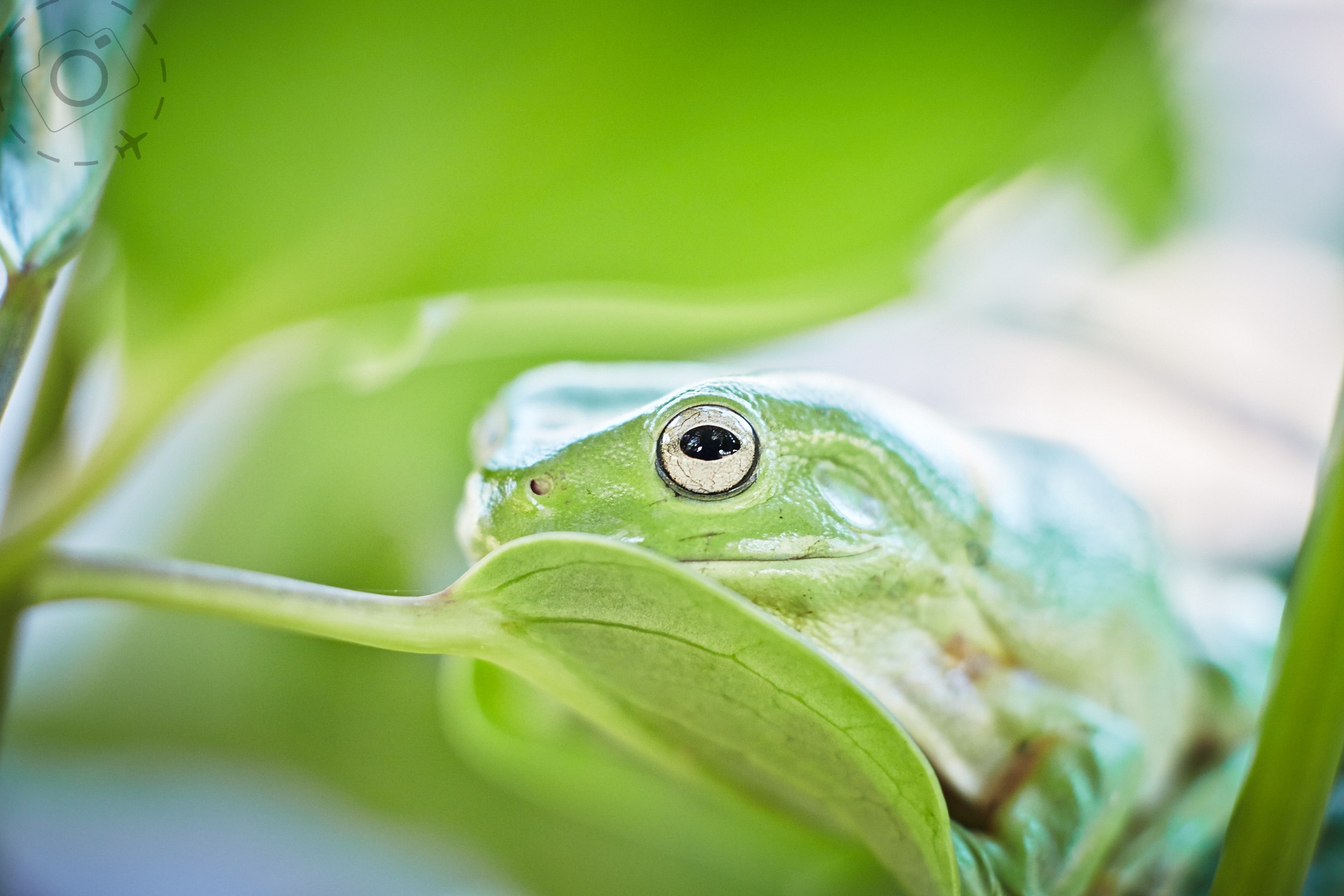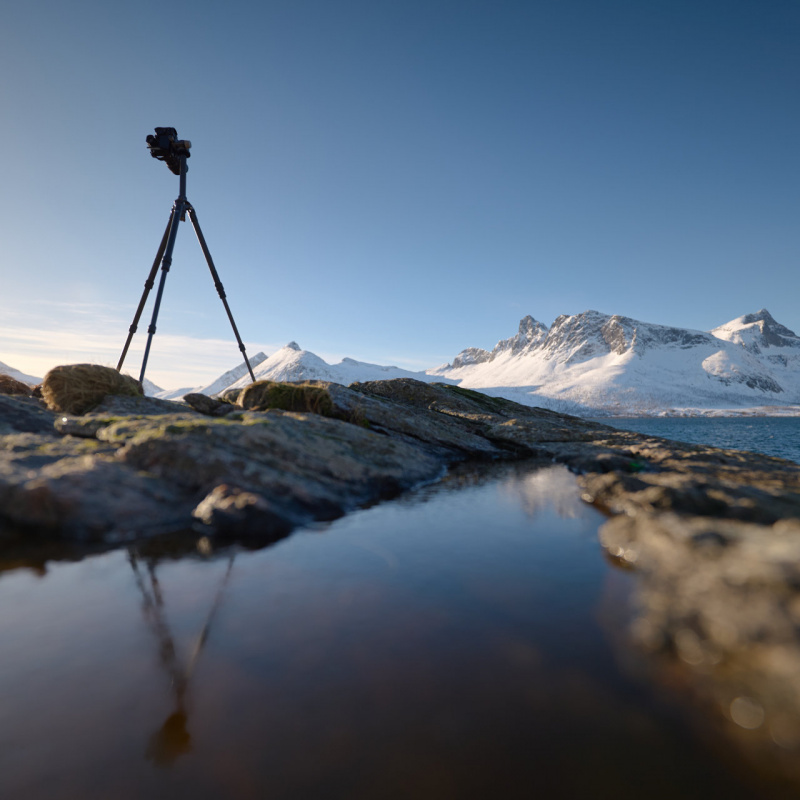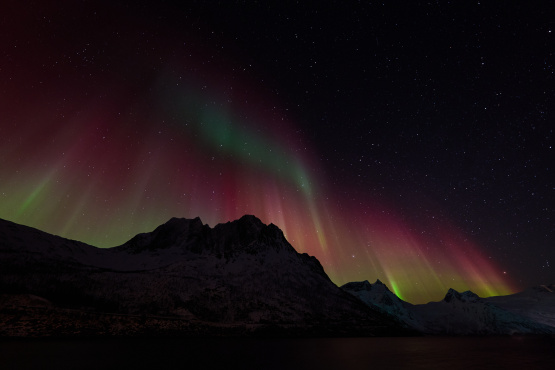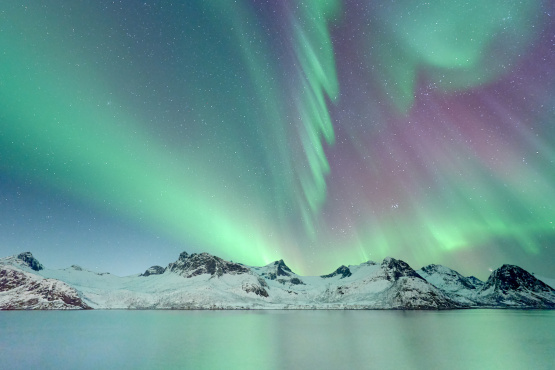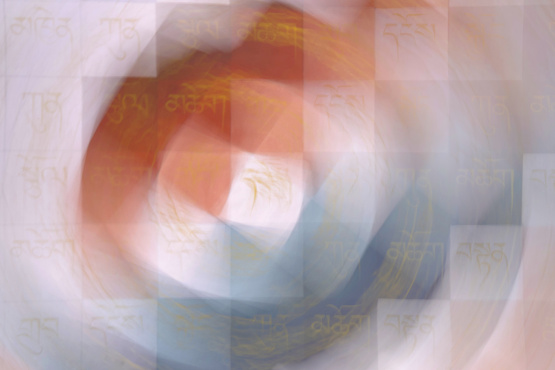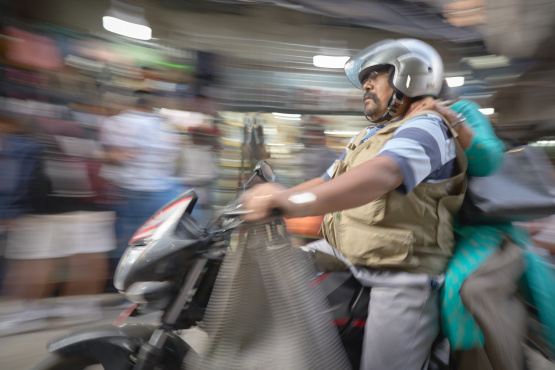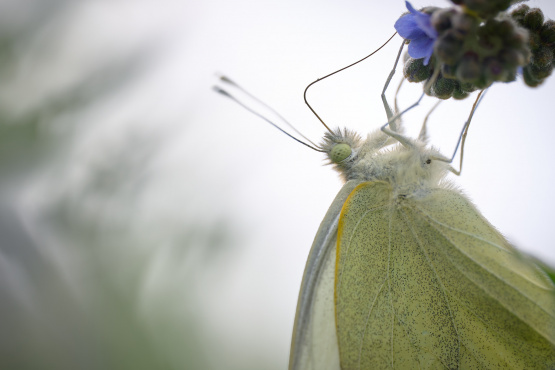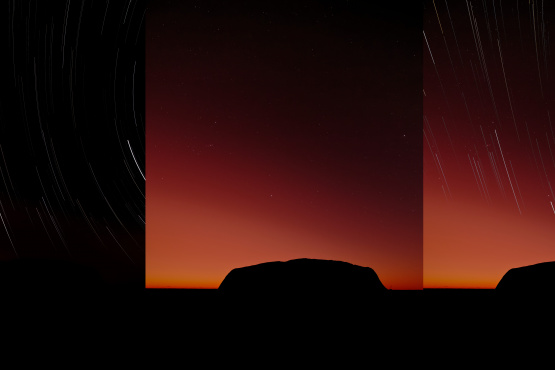I don't own a macro lens, I have to confess. I already have to slink through airport check-in counters in the hope they wont weigh my camera bag, so adding another lens to my kit is not an ideal option. But every now and then I find something really small and really fascinating that I want to shoot up close. There's nothing like the intricate curves and colours of native flora to add some contrast to a set of landscape images in the Red Centre. The solution costs about $100 and weighs less than a spare battery, it's called an extension tube.
Extension tubes are usually simple bits of technology, a hollow barrel that sits between the camera and your lens which effectively changes the focal plane once inserted. The smart versions retain data communication between the lens and body or enable the autofocus to function. This is a quick fix for low cost macro, so luxuries such as autofocus are neither assumed nor critical.
Once you slip that tube between the lens and camera you are essentially rendering the lens ineffective for normal duties, no longer able to focus on infinity and transforming the focal range to something measured in centimetres instead of metres.
My favourite combination is a 70-200mm zoom with a 25mm extension tube, starting with a quality piece of glass to ensure I finish with a quality macro shot. Canon, Nikon, Sony and others all make superb versions of this lens, sharp and fast at f/2.8 and equipped with image stabilisation to help steady the shot in low light. Adding a 25mm extension tube to a 200mm lens brings my macro range down to about 1:2, while at 70mm I have 1:1.
Zooming between this range lets me adjust between those two levels of close-up. Focusing is achieved by simply locking in the manual focus, selecting infinity and pushing the lens closer to the subject.
The lens wont focus on anything outside a very narrow band of distance, so you'll quickly notice when you're coming into range. Canon's extension tube used with their 70-200mm, for example, does support autofocus operation but you still have to get within that band before letting the camera pull focus for you. This is one time when autofocus is not always ideal, and there is a better way to get the shot right.
Switch to continuous mode and crank up the shutter. I like to dial up a little extra ISO to enable more generous shutter speeds without sacrificing my depth of field, and provided you're not shooting in semi-candle light the high ISO settings of most DSLR cameras will barely impact your image quality. I routinely shoot in daylight at ISO 1600 to harness both speed and depth simultaneously.
With the camera locked to manual focus, high shutter action and my preferred depth of field, I get ready to shoot. I start by framing up the shot and positioning the lens to suit my focus. I pull back just a smidge, hold down the shutter and let the continuous frames fly. As the camera grabs a sequence of frames I gently push forward through the subject, slow enough to avoid blur at my high shutter speed. What I end up with are lots of frames that are just out of focus, and a few key frames that have precisely what I want.
If your taste is for very shallow depth of field then this technique will give you the exact frame you're looking for. If you've opted for a wider depth of field then you'll have a few extra frames from which to pick a favourite.
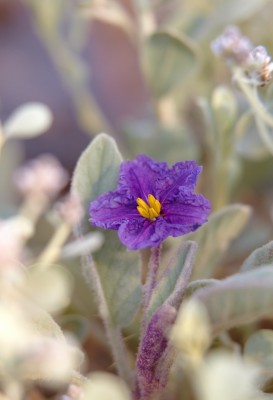
I've used this technique to shoot green ants, red spiders, yellow ochre and all manner of botanical blooms. If you start with a quality lens then you will finish with quality macro shots. I have also coupled the 25mm tube with a 50mm standard lens, but the combination plants you too close to the subject itself and the lens itself begins to crowd out the light. Telephoto lenses with the longer extension tubes not only give you intensely close macro, but let you shoot from a safe distance.
My very first exhibition was of dry leaves set in the Australian Outback, and to this day I can't walk past a nice patch of leaf litter without contemplating potential compositions. This isn't always a matter of macro shooting, just getting very close to the little things discovered on my journey. I have even found that my 24mm prime lens will get extremely close to flowers and offers a unique wide-angle perspective at the same time. Having the extension tube on hand at all times allows me to take it one step further, to go from close-up to macro.
Stopping to focus on a few bits of bark and leaves beneath a towering eucalyptus gum gives you another perspective to appreciate. Little things matter as much as the grand landscapes. The inherently narrow depth of field offered by getting close-up to the subject gives you a lot of opportunities for creative composition, and enhances your appreciation for the fine detail of the natural world. Unlike a classic landscape image you don't have to wait for the perfect light either.
Anything that slows down your pace while shooting is a good thing. This is the photographic equivalent of stopping to smell the flowers, only I suggest taking a few photos as well.

Keep Reading
Join Ewen's newsletter for monthly updates on new photography articles and tour offers...Subscribe Here

